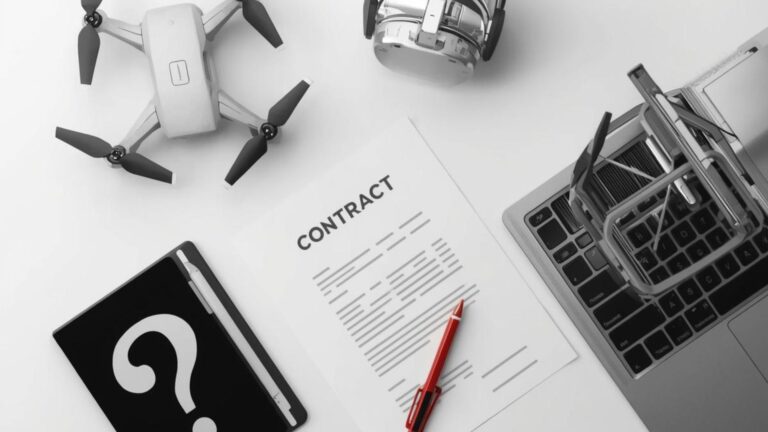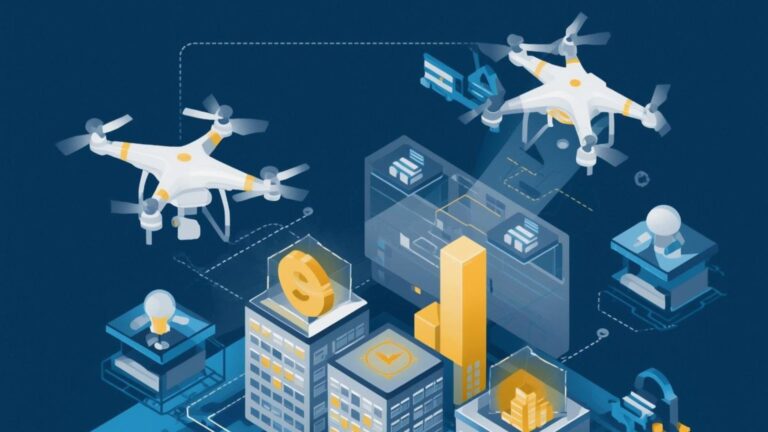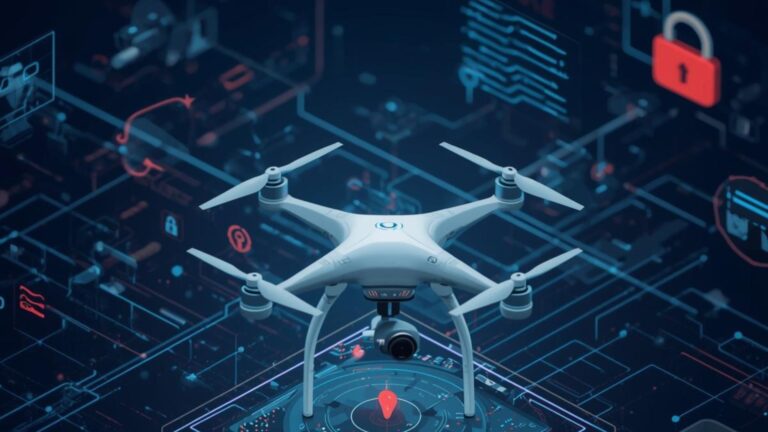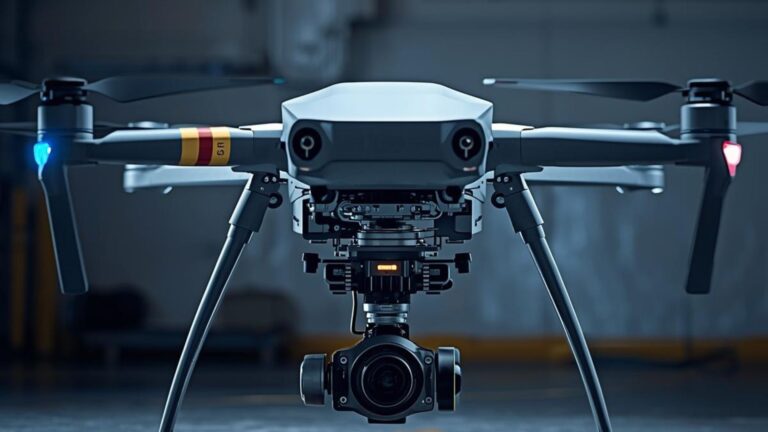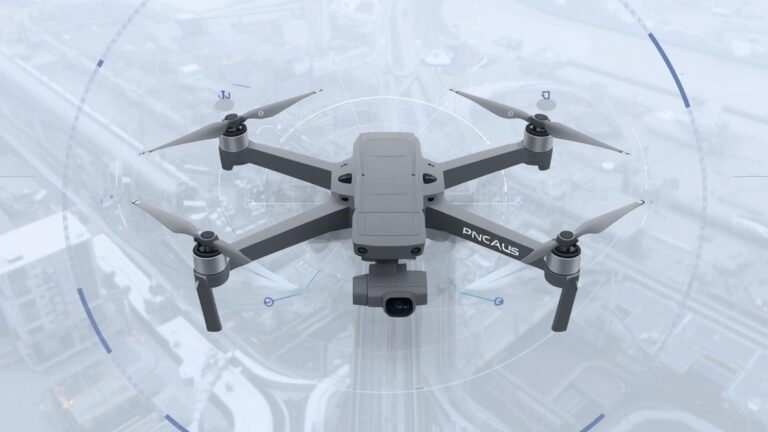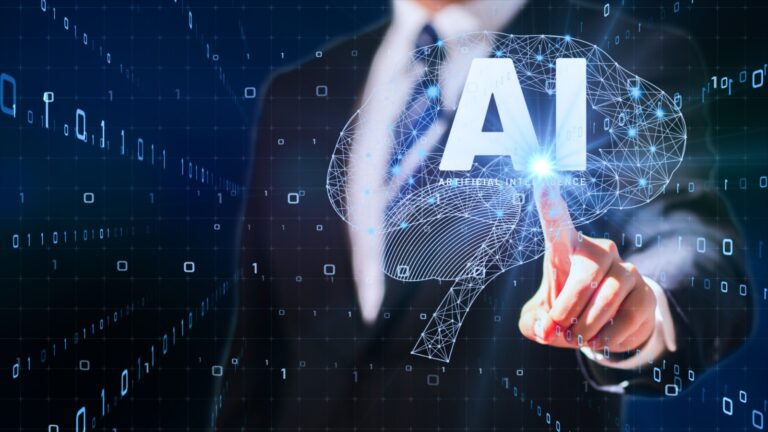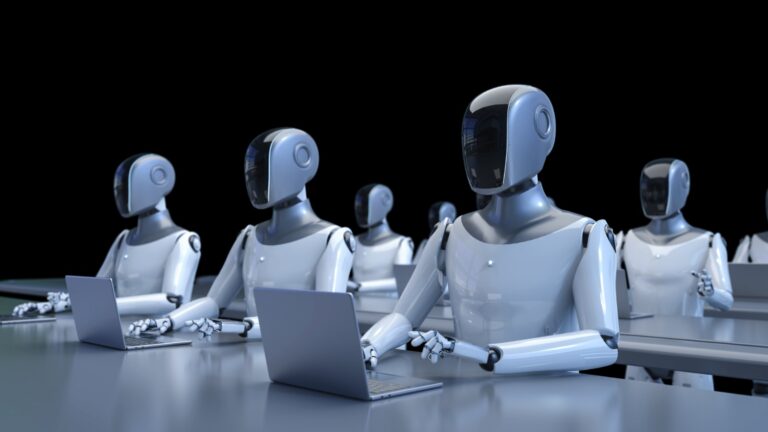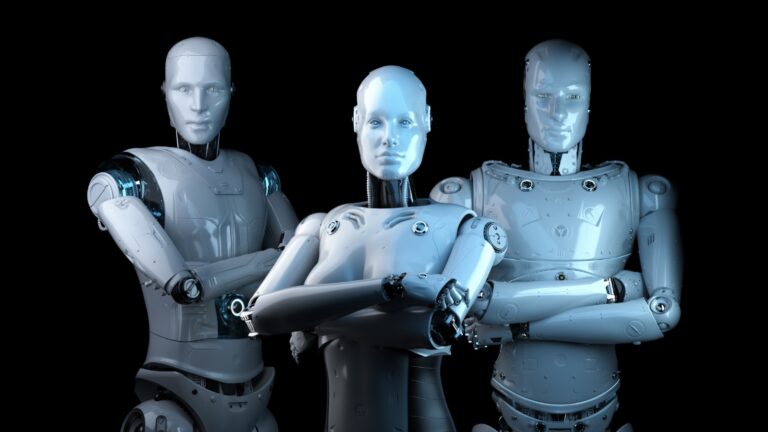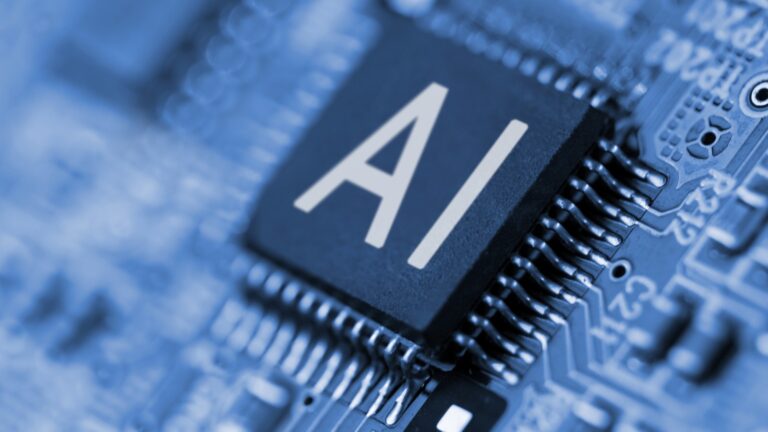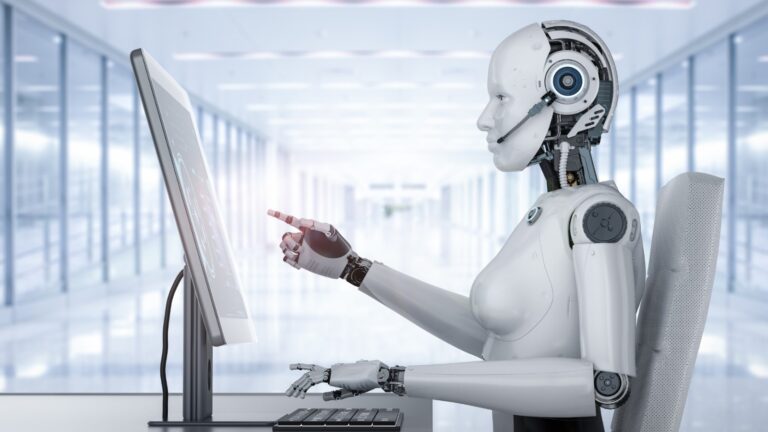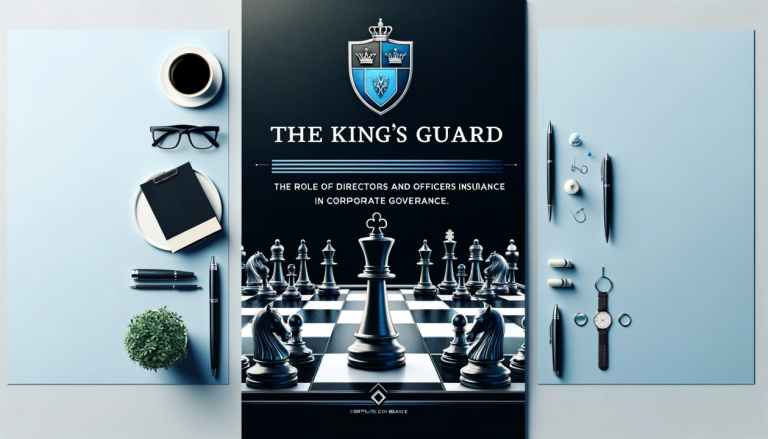This raises a provocative question for the insurance world: should these AI agents be treated like policyholders, employees, or just another corporate asset? In other words, when an autonomous AI makes a decision that causes a loss, who shoulders the liability? Exploring this question reveals how insurance might evolve to accommodate AI as a new kind of “entity” under coverage.
AI as Policyholders? (Not Yet, But Imagine…)
In today’s legal framework, only legal persons (individuals or corporations) can hold insurance policies. An AI agent itself is not a legal person – it’s a tool or software. It cannot own an insurance policy or be directly liable in the eyes of the law. However, one can imagine a future (discussed further in a later section on AI personhood) where highly autonomous AI systems might be granted some legal status. If that day comes, could an AI itself purchase liability coverage?
For now, any insurance covering an AI’s actions must be held by a human or company. We might insure an AI system as a piece of property or as an exposure under a company’s liability policy, but the AI isn’t the “policyholder” by name. Some forward-looking insurers are already creating AI-specific insurance products – policies designed to cover losses caused by AI errors or malfunctions. In essence, these policies treat the AI as the insured asset or activity. But calling an AI a “policyholder” is more science fiction than reality at present.
AI as Employees or Agents of the Company
A more practical analogy is treating AI agents like employees or agents of the insured company. If an employee causes an accident or makes a mistake in their professional duties, the employer’s insurance (such as general liability or professional liability) often responds. Similarly, if an AI agent working within a company’s operations makes a decision that leads to a loss or third-party claim, we can view it as the company’s “agent” acting on its behalf. The company would be responsible for the AI’s actions just as it is for an employee’s actions.
Example: A warehouse uses an AI robot that autonomously manages inventory. If that robot makes an error and damages goods or injures someone, the company’s liability insurance should cover it – the same way it would if a human worker erred. Here, the AI is effectively an extension of the workforce. In insurance terms, there may be no distinction: a claim caused by an AI system is handled like any other claim caused by the insured’s operations.
However, this approach raises issues. Unlike humans, AIs don’t have judgment or ethics – they follow code and data. If an AI’s “negligence” causes harm, it might have been due to the developer’s programming or the user’s lack of oversight. So, while we can say the AI acted as an employee, identifying where the fault lies becomes tricky (was it the tool or the humans behind it?). Insurers and courts will likely default to holding the company (the AI’s “employer”) responsible, but subrogation or blame might then be considered against the AI’s manufacturer in some cases (similar to product liability).
AI as Corporate Assets (Covered Under Property or Cyber Policies)
Another perspective is to treat AIs as assets or products of a company. From this view, an AI agent is akin to a sophisticated software tool or machine that the company owns. Companies already insure their important assets – including data centers, software systems, and intellectual property. If an AI system is critical to business, property insurance might cover damage to that system (for instance, a data corruption event or hardware failure). Some cyber insurance policies also cover losses from software failures, including cases where an AI malfunction disrupts business.
But insuring the liability stemming from an AI asset is different. When a machine causes harm, sometimes product liability insurance comes into play (if a product defect led to injury). Is an AI a “product” in this sense? If a software vendor provides an AI and it causes financial loss, an affected business might claim the AI was defective. Today, most software providers heavily disclaim liability for errors (via contracts and terms of service), and courts have generally been hesitant to apply product liability law to software. Instead, the user of the AI (the company deploying it) bears the risk.
That means from an insurance standpoint, the company’s own liability policies must cover AI-caused damage as an operational risk. If your firm uses a trading algorithm (an AI) that makes a bad trade and triggers losses, you’d look to your insurance (if any applies) or eat the loss – you likely can’t sue the algorithm itself, and suing the developer may not get far due to those disclaimers. Thus, even though we treat the AI as an asset, the consequences of its actions fall back on humans and companies.
Can an AI “Own” Liability?
Legally, an AI cannot own liability any more than a car or a computer program can. Liability ultimately falls on a person or legal entity. The phrase “own liability” in context of AI refers to whether the AI agent itself can be considered at fault. For now, the answer in practice is: No, the AI isn’t held accountable – people are.
However, this doesn’t mean insurers and regulators aren’t wrestling with the concept. There have been discussions about creating frameworks where advanced AIs would be required to have liability insurance similar to how drivers must have auto insurance. In such a framework, when the AI causes harm, the insurance pays out to victims without needing to prove a human was negligent. This would be a way of assigning “liability” to the AI in a practical sense (through an insurance mechanism) even if the AI isn’t a person.
Consider autonomous vehicles – they operate with AI at the helm. If a self-driving car causes an accident, who is liable? Is it the owner of the car, the manufacturer, the software developer, or the car itself? Some proposed solutions call for no-fault insurance schemes or manufacturer-funded compensation funds to simplify this. The car’s AI, in essence, would be “insured” for the damage it does, even if we don’t call it a legal person.
In corporate settings, if an AI financial advisor gives bad advice leading to client losses, the liability flows to the company providing the advice. If a manufacturing AI makes defective products that injure consumers, liability flows to the manufacturer. In each case, the AI itself bears no legal responsibility; the human organizations behind it do.
Insurance Implications and Emerging Approaches
From an insurance perspective, the rise of AI agents means insurers must clarify how policies respond to AI-caused incidents. Key implications include:
- Policy Definitions: Insurers are updating definitions and exclusions. Some have introduced explicit “AI exclusions” in liability policies – broadly denying coverage for claims arising from the use of AI. This is controversial, as it could leave policyholders with gaps if any AI is involved in a loss. The pushback has led to development of new endorsements or policies to affirmatively cover AI risks. Essentially, if AI is excluded in a general policy, companies might buy a supplemental policy that specifically covers AI-related liabilities.
- Professional Liability (E&O) Changes: In fields like law, finance, medicine, etc., if professionals use AI in their work, insurers are examining whether mistakes tied to AI are covered. Savvy insurers see a market for covering AI “malpractice” (more on this in a later topic). Policies might need to state that coverage applies to services delivered via AI tools, ensuring no doubt that if your AI assistant errs, your insurance still has your back.
- Product Liability vs. Cyber Liability: AI blurs lines. If an AI system fails (like a security AI that lets a breach happen, or a navigation AI that causes a crash), is it a product failure or a cyber incident? Insurers are pondering these scenarios to determine which policies apply. Some predict entirely new lines of coverage will develop, such as “AI agent insurance” specifically targeting companies that deploy autonomous agents, covering a mix of errors, omissions, and cyber risks that these agents introduce.
- Underwriting AI Risks: If an insurer is effectively covering an AI’s actions, they need to assess how risky that AI is. This brings new challenges in underwriting. Underwriters may ask: What algorithms are you using? How are they trained? What’s the track record? Are there human oversight and fail-safes? The operational controls around AI use could become as important to underwriters as, say, driver safety records are for auto insurance. In essence, a form of “AI safety audit” might precede offering coverage.
In summary, AI agents are not quite independent “insured entities” today – they lack legal personhood and cannot be solely accountable. They are insured through their human owners or employers. But the insurance industry is starting to adapt to a world where AI plays a central role in decisions. Whether by tweaking existing policies or crafting new ones, insurers are ensuring that as your business’s reliance on AI grows, your coverage evolves in tandem. We’re on the cusp of a new era where one day asking “Did you add your AI to your insurance policy?” might be as routine as adding a new hire or a new company vehicle.












